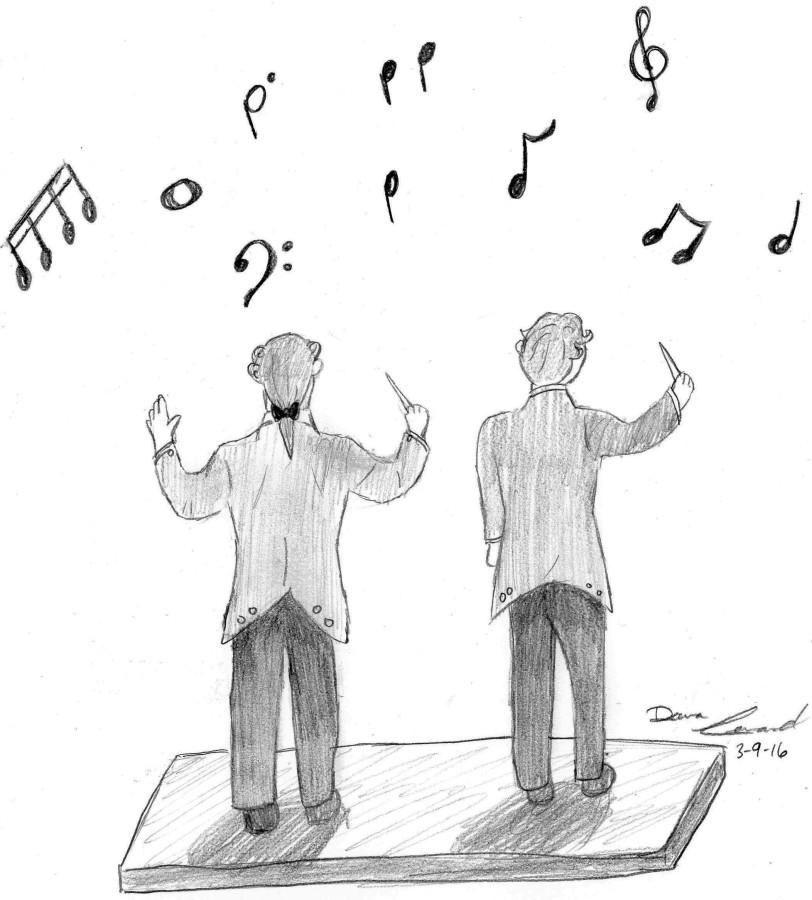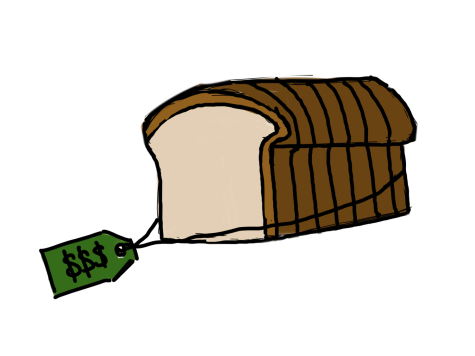Long-lost music composition redefines Mozart–Salieri rivalry
The Czech Museum of Music, located in Prague, Czech Republic, recently showcased a music composition that was thought to be lost for nearly 200 years. Wolfgang Amadeus Mozart and Antonio Salieri wrote this piece with an unknown composer named Cornetti. Throughout their musical careers, Mozart and Salieri had a rivalry. However, the recent news that the two had worked together may question just how deep their rivalry went.
The composition, “Per la ricuperata salute di Ofelia,” was composed for the English soprano singer Nancy Storace in 1785. It was written in honor of the singer’s recuperation from losing her voice. She had lost her voice in the middle of one of her performances and had not been able to perform for four months. Vienna’s court poet of the time, Lorenzo Da Ponte, wrote the libretto of the composition. A libretto is the text of an opera. The composition first came to the Czech Museum of Music during the 1950s, but the composers of the piece were unknown until now because the authorship was documented in a code that has been interpreted only recently.
The piece was rediscovered and the authorship was certified in November 2015, while the German musicologist and composer Timo Jouko Herrmann was perusing the museum’s online catalogue. Herrmann was searching for the work of Salieri’s students when he uncovered the piece. The rediscovery of this piece will be very valuable in learning more about Salieri and Mozart. Hermann said that the work is “key to a new understanding of the relationship between Mozart and Salieri.”
“I am sure it is a very interesting and intriguing discovery for the world of musicology. Musicologists, I’m sure, are very intrigued to research this,” said Mr. Vince Genualdi, director of bands at Saint Viator.
This composition reveals another of Mozart’s and Salieri’s works and may provide more insight into their history.
Your donation will support the student journalists of Saint Viator High School. Your contribution will allow us to purchase equipment and cover our annual website hosting costs.








